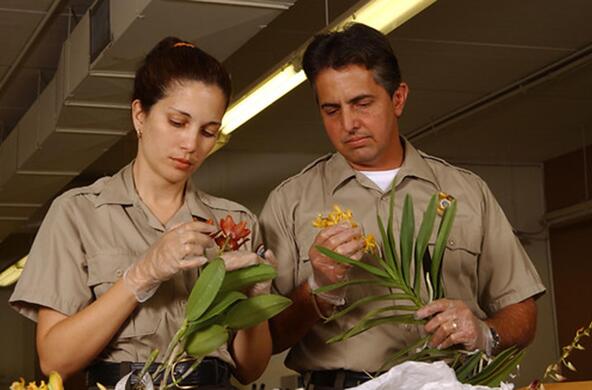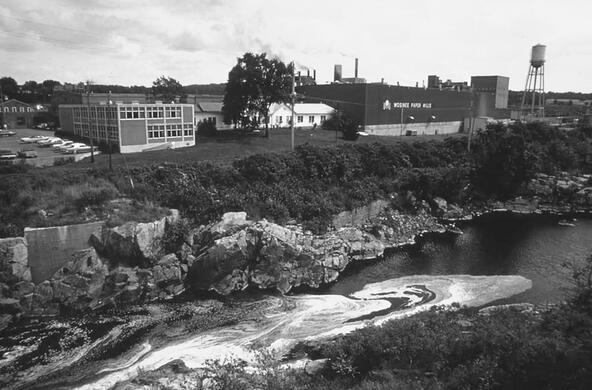We've all been to movies where the characters do something stupid and dangerous — something no reasonable person would do ("let's split up and search the old barn!"). Sometimes this is just the result of a cheesy script, but sometimes the characters don't recognize their situation as dangerous — they think it's just an ordinary tendril, or an old rust stain, or that nice neighbor boy dressed up in a hockey mask.
We're acting like those foolish movie characters right now by failing to recognize growing populations of non-native wild boars in New York as a menace. Private hunting preserves in New York release wild boars for "trophy hunters" to shoot. This benefits only a tiny population of hunters and the game preserves, while presenting serious risks to the public.
The boars easily escape from these preserves and have now established breeding populations in New York. These wild pigs tear up the forest like Roto-Tillers, causing soils and stream banks to erode and killing ground-nesting birds, wild flowers and other native plants and animals.
They damage crops and carry diseases such as brucellosis and pseudorabies that can spread to domestic livestock. Wild pigs may even harm human health —there is good evidence that wild pigs may have been involved in the contaminated spinach from California farms that sickened so many people across the United States in 2006 (and, of course, they may chase you down and gore you!)
Solution: Stop release
The solution to this potentially large problem is to prohibit hunting preserves from releasing wild boars and aggressively eradicate the population that has established itself outside of the preserves. If we fail to do so, we may be looking at large damage to agriculture, forest ecosystems, and water resources, and millions of dollars in losses and control costs in the future.
Why did we allow this situation to develop, and why aren't we fixing it? When new industrial development (such as drilling in the Marcellus shale) is proposed, we rightly are concerned with its possible effects and try to ensure its long-term costs to the public don't outweigh its short-term benefits to the few.
For some reason, we don't often subject plans to move species around to the same scrutiny, even though the careless movement of species probably has cost more human lives, environmental damage and lost dollars than industrial developments.
If this claim seems extravagant, consider the human deaths and suffering caused by the movement of European diseases into the New World or the arrival of the potato blight in Ireland in 1845. Or consider the ecological havoc that resulted when escaped European rabbits caused massive damage to Australia's native plants and animals, or when blight removed chestnuts from our eastern forests.
And if you think these are just isolated catastrophes too rare to worry about, then let me remind you of the multibillion-dollar damages now piling up from the ongoing invasion of the emerald ash borer, the ecological and economic damage from zebra mussels, the deaths of millions of hemlock trees in the East and oak trees in the West, the spread of disease-carrying mosquitoes around the world, or a thousand other examples.
Shouldn't a human activity with such large risks for the public be given our most careful scrutiny?
I don't know why we don't recognize that moving species around is dangerous — perhaps our long association with agriculture has led us to regard species as benign, despite so much evidence to the contrary. I don't know how we can get over this misleading way of thinking and start treating species introductions with the caution they deserve.
Come to think of it, I don't even know how we can deal with the wild boar problem in New York before they spread out of control, damage our natural resources and cost us millions of dollars. I suspect some sharp letters to the elected officials who are supposed to be safeguarding our natural resources and tax dollars might be a good start. Tell them Freddy Kreuger is knocking at the door.






